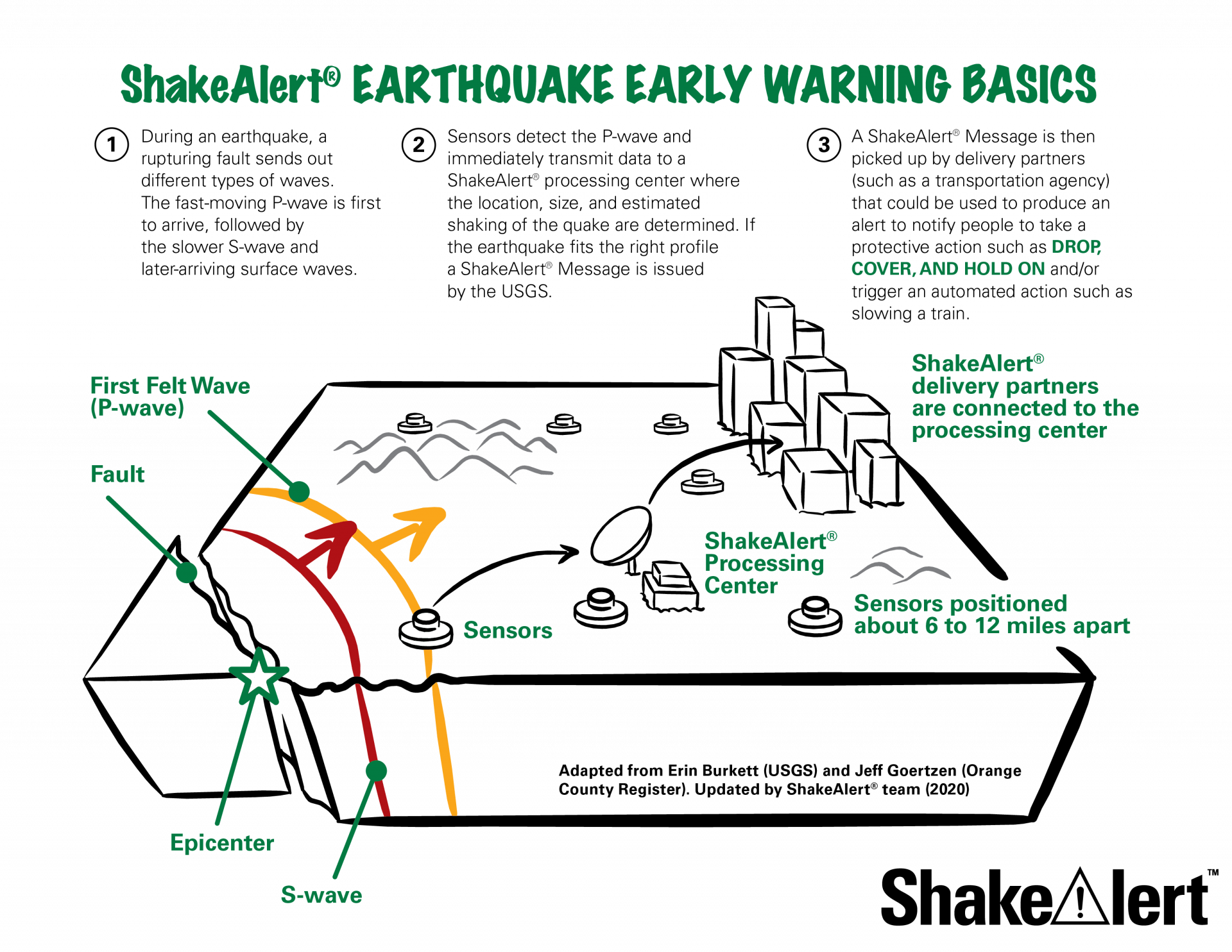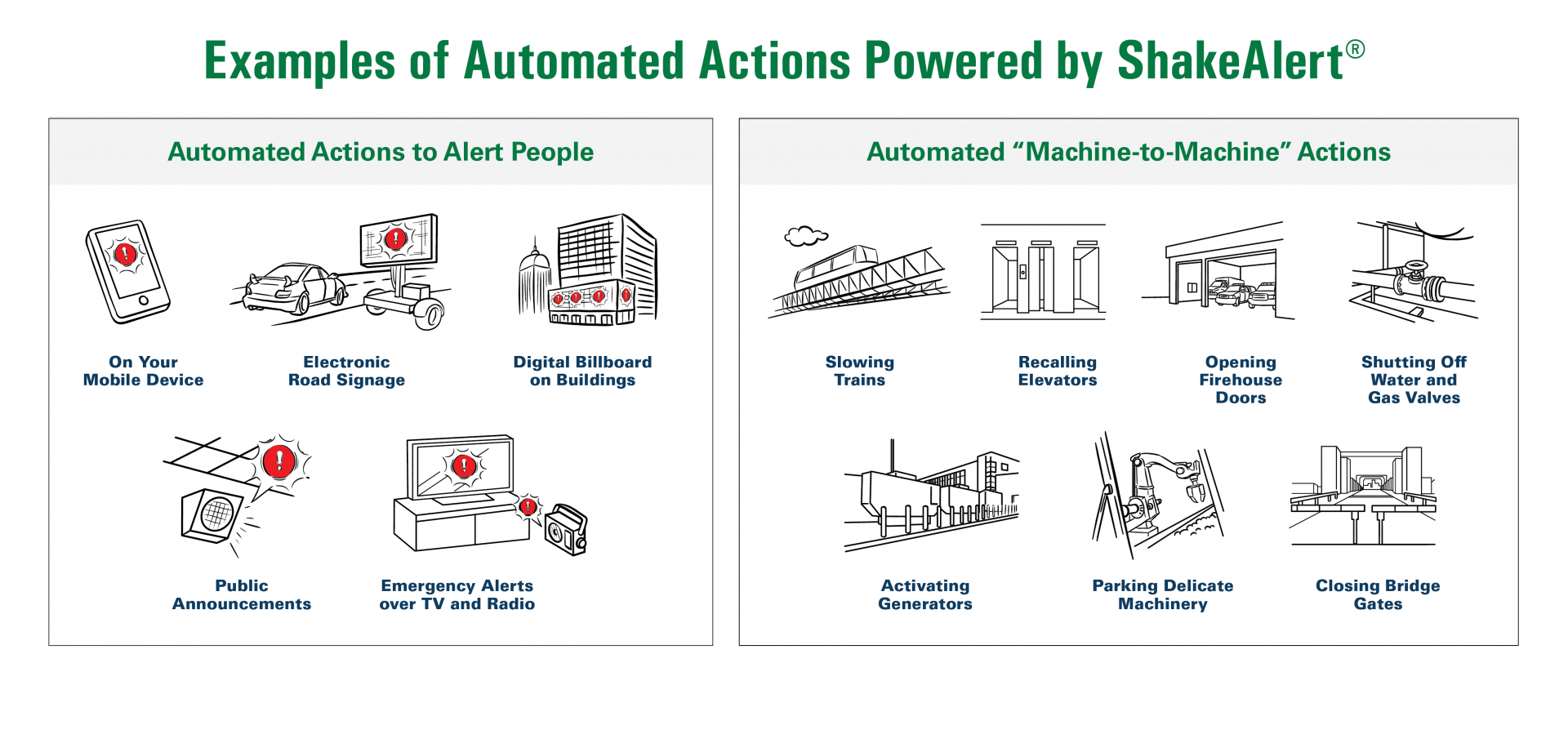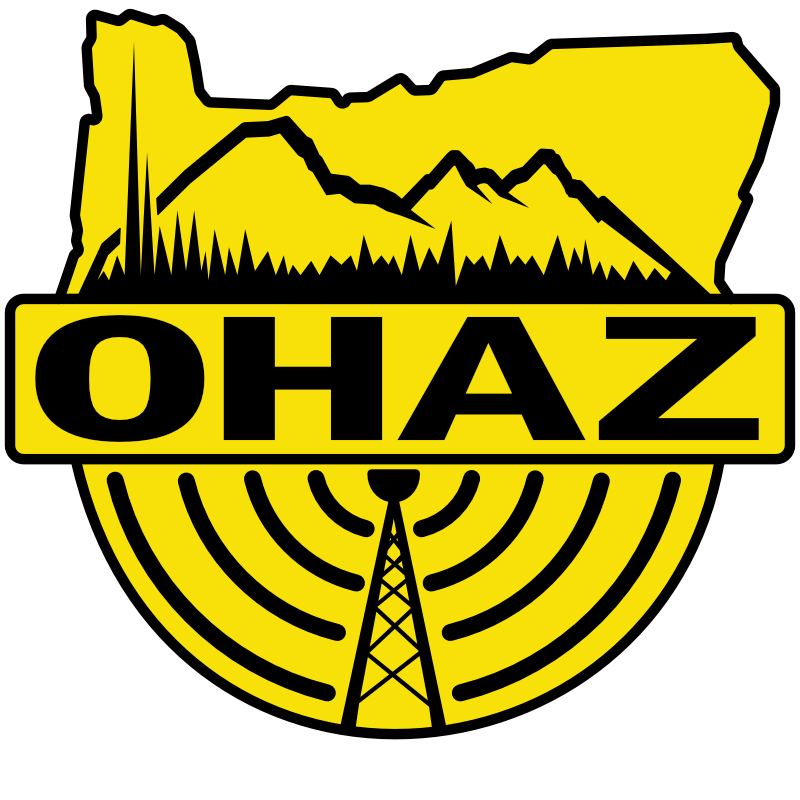Join Us in the Great Oregon ShakeOut
Did you know that the world’s largest earthquake drill is in October? Get ready to Shake Out!
The Great Oregon ShakeOut is an annual opportunity to practice what you will do during the next big earthquake. It happens on the third Thursday of October every year. Wherever you are, you should DROP, COVER, and HOLD ON as if there were an earthquake occurring at that very moment. Anyone can participate in the ShakeOut, including schools and offices. Ideally, everyone in the Pacific Northwest will participate!
How To Participate in an Earthquake Drill
DROP-COVER-HOLD ON is generally the safest action to take during an earthquake. Practice these steps during the ShakeOut!
- DROP to your hands and knees as soon as you feel shaking or receive an alert.
- COVER your head and neck with an arm and crawl under a sturdy table or desk.
- HOLD ON to that piece of furniture until shaking stops.
Stay in this position for at least 60 seconds during a drill. Remember, a big earthquake could produce a few minutes of shaking!

People who cannot get to the ground or cannot get back up by themselves should sit on a chair or bed, cover their head and back with their arms or a pillow, bend over to protect vital organs, and stay there until shaking stops.
Get Prepared for Earthquakes
The ShakeOut is also a reminder to households, workplaces, and communities to take other steps that improve their earthquake preparedness and resilience. An earthquake could happen at any time and potentially disrupt community lifelines. People could be without regular services or assistance – including electricity, communications, food, and water – for hours, days, or even weeks. Households should develop an emergency plan and have enough food, water, and other supplies to survive for at least two weeks after an earthquake. People can also retrofit their households and businesses to reduce structural damage from shaking.

Get Earthquake Early Warning Alerts
Another critical tool for increasing personal and community resilience is the ShakeAlert Earthquake Early Warning System. It can detect significant earthquakes so quickly that alerts can reach people before they even feel shaking.

The ShakeAlert System is operational in Oregon, Washington, and California. People in these states automatically receive text-based alerts on their phones through the Wireless Emergency Alert (WEA) system when a large earthquake is detected nearby. You can also download free ShakeAlert-powered apps like MyShake. These apps have more features than the basic WEA alert, such as customizable alert thresholds, and may deliver faster alerts. Whenever you receive an alert, be sure to DROP-COVER-HOLD ON!
Community lifelines like schools, utilities, businesses, and hospitals can get connected to ShakeAlert as well. When an earthquake is detected, ShakeAlert can automatically trigger pre-programmed actions that save lives, reduce property damage, and speed recovery. For example, schools can use ShakeAlert to trigger announcements warning students and teachers to DROP-COVER-HOLD ON. Or, water utilities can use it to automatically throttle water valves to prevent catastrophic flooding from burst pipes.

The Great Oregon ShakeOut is an important reminder of the high earthquake risk in the Pacific Northwest and the steps everyone can take to prepare. Whether you spend the day participating in a drill, downloading a ShakeAlert-powered app, or gathering emergency supplies, the actions you take today matter.
